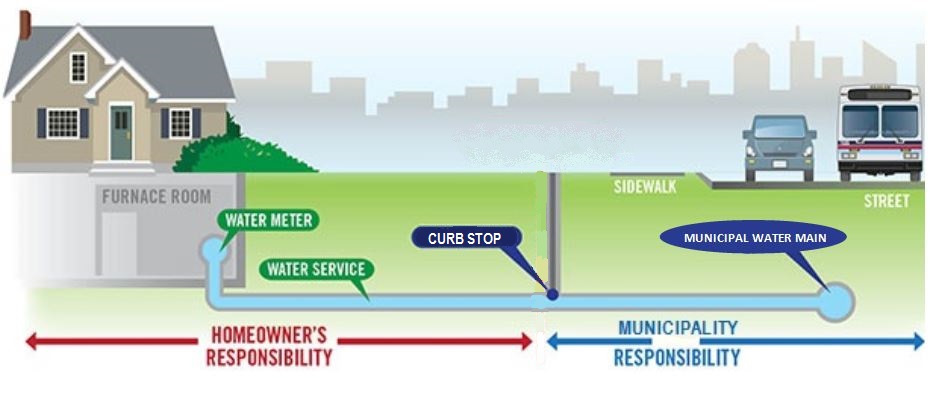To ensure the quality of our water, we test the water continuously during and after treatment. In fact, we conduct more tests than required by regulation. We use the necessary chemicals to treat the water, including chlorine to kill E.coli and other harmful bacteria that may be present. A small (and harmless) amount of chlorine is left in the water to ensure its continued safety as it travels to you. If we are concerned about the quality of water, we follow the regulations in place and immediately notify the appropriate authorities such as Huron Perth Public Health and the Ministry of Environment.
Any resident who wishes to know levels of organic and inorganic parameters in the drinking water as well as microbiological sample numbers and water flows, they can be viewed in the Water Systems Annual and Summary Reports

